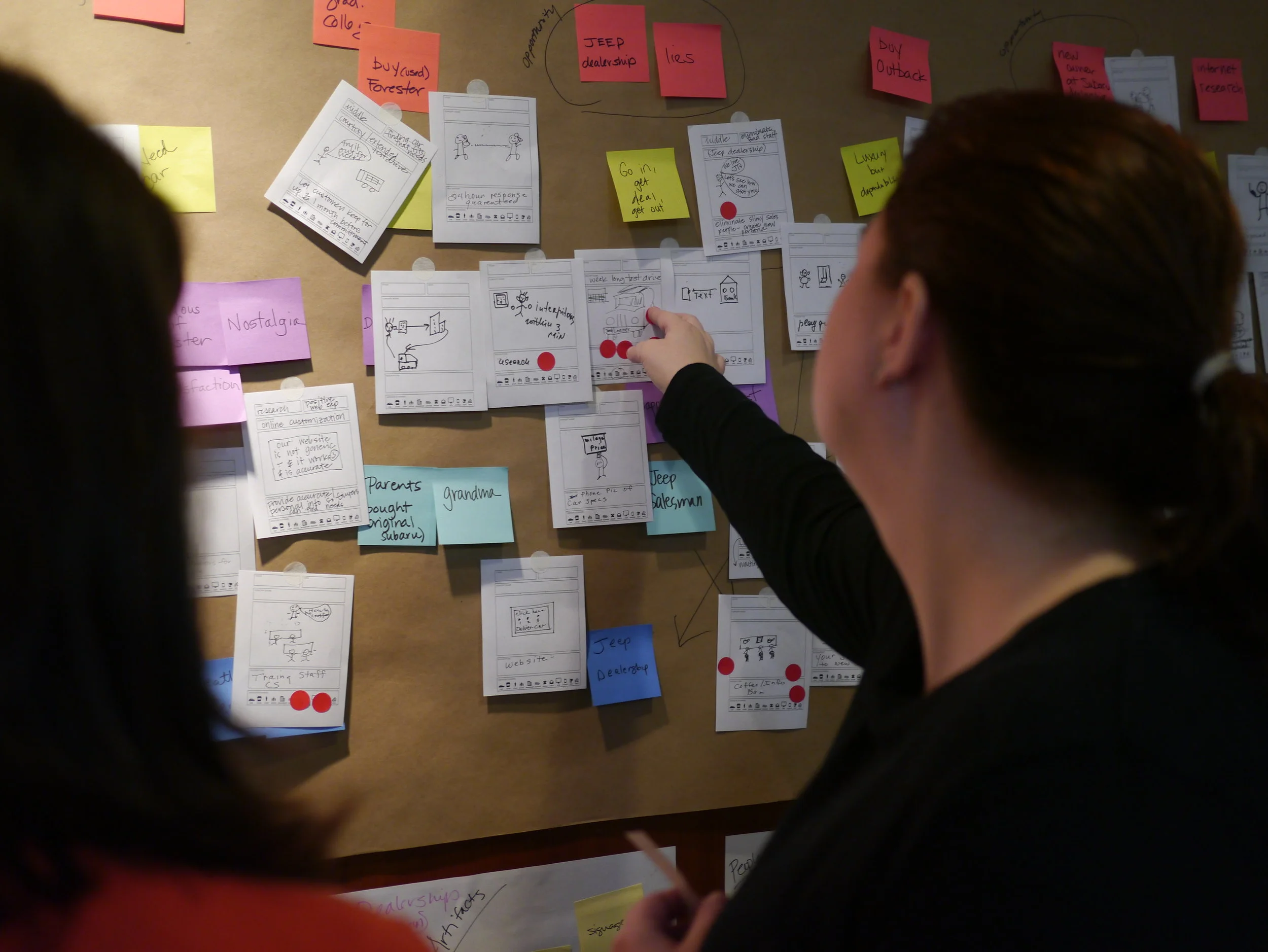Erik Flowers does an excellent job on his Practical Service Design blog post Demystifying Service Design Part 1 and Part 2 of clearly explaining the core principals of Service Design. Part 2 continues dissecting the key elements of the Service Design concept by providing a real-life, easily understood example of the application of the process.
He uses this example:
A trip to the amusement park to ride the new SuperCoaster 5000 rollercoaster.
To stress the importance of recognizing the inner workings of the process he breaks down each step of a customers experience on the way to achieving his/her goal of riding the SuperCoaster 5000:
- Trip to amusement park to ride new rollercoaster.
- Packed parking lot.
- From one maze to another, you get in line at the front gates.
- Gate attendant to scan ticket.
- SuperCoaster 5000 awaits, past the other rides, the various park staff, kiosks, garbage cans, gift shops, churro stands, and the rest of the guests making their way towards that ultimate goal.
- Finally, your turn arrives! You move into your stall like a rodeo bronco getting ready to be released. You get in and the restraints clamp down, and it's time.
- Zipping through the air, the coaster races down the tracks.
- After a few more rides, and what seems like miles of walking, you make a stop and partake of the park's fine cuisine. It's all worth it.
- "The memory of the experience. The entire park served the purpose of providing them not a $10 photograph in a cheap cardboard frame, but providing them with a memory that they can keep forever."
"As you read the story, were you taking note of all the touchpoints? The channels? The actors? What may be going on backstage and behind the scenes? If the story was successful, you probably weren’t." Erik Flowers
"The SuperCoaster 5000 doesn’t exist in a vacuum, though. It’s a part of the whole park, and all the other different types of touchpoints and channels that exist in the park ecosystem."
"What is important to recognize is that the customers are the ones who piece together their experience through the ecosystem. We set up as much as we can, but in the end, if we truly hope to offer more than just a one dimensional product, we have to account for the freedom of customers to do and feel what they want."
Erik Flowers
He sums it up by giving us some key points to remember:
“We can’t design an experience, we design for an experience.”
Customers design their experience each and every time. We only set the stage in service of the customer’s journey.
How you serve is who you are.
The way in which you serve is what defines you. This is the fundamental guiding principle of service design.
By defining and refining how we serve our external customers and internal actors, we can create more powerful and effective ways to serve both.




